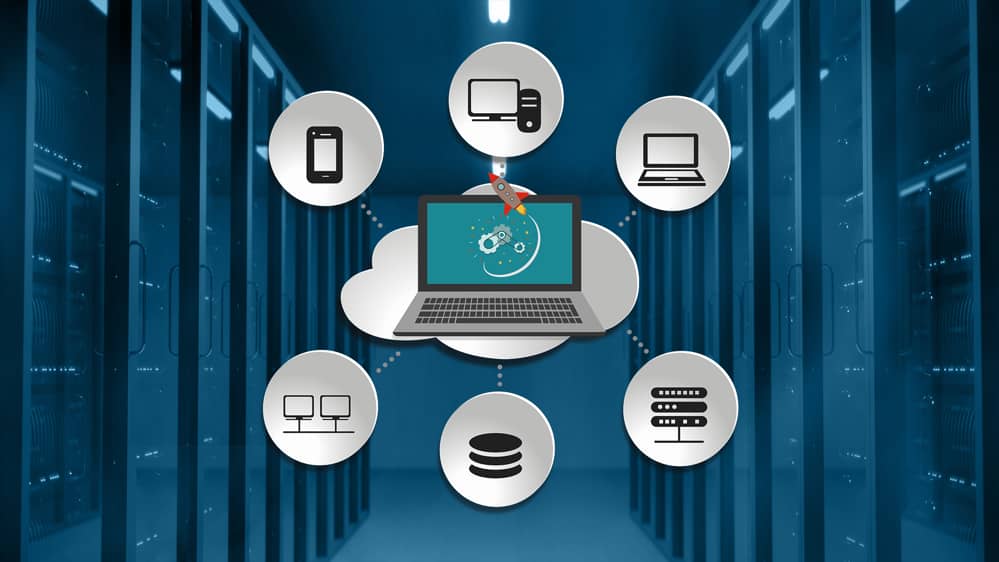Practical Nginx The Zero to Hero Guide
Learn one of the most powerful HTTP web server that also doubles as a reverse proxy server, a mail proxy server, and a generic TCP/UDP proxy server in this amazing zero to hero course for NGINX! NG...
- All levels
- English

Course Description
Learn one of the most powerful HTTP web server that also doubles as a reverse proxy server, a mail proxy server, and a generic TCP/UDP proxy server in this amazing zero to hero course for NGINX! NGINX is a high-performance server that is known for its stability, rich feature set, simple configuration, and low resource consumption and is one of the few servers that addresses the C10K problem. It...
Learn one of the most powerful HTTP web server that also doubles as a reverse proxy server, a mail proxy server, and a generic TCP/UDP proxy server in this amazing zero to hero course for NGINX!
NGINX is a high-performance server that is known for its stability, rich feature set, simple configuration, and low resource consumption and is one of the few servers that addresses the C10K problem. It uses a much more scalable event-driven (asynchronous) architecture, instead of relying on thread-based request handling system.
See more See lessWhat you’ll learn
- A detailed introduction into webservers and NGINX, along with what is HTTP protocol, why should you install NGINX, and Apache vs. NGINX
- The different ways to install NGINX
- Directives, configuration files, context types and variables
- Different modules including core, events, HTTP and optional
- A breakdown of how NGINX works
- How to deploy websites on the webserver
- The LEMP Stack including installing, configuring and deploying apps
- How to monitor your web server for errors
- Integrating security and SSL certifications
- Migrating from Apache to NGINX
- Best tips and tricks, troubleshooting steps, common mistakes, and FAQs about the server
- Migrating from Apache to NGINX Best Do you want to master this high-performance web server? Enroll now and let’s get started.
Covering Topics | Program Insights
Curriculum
Frequently Asked Questions
This course includes
- Lectures 38
- Duration 7 Hour
- Language English
- Certificate No





